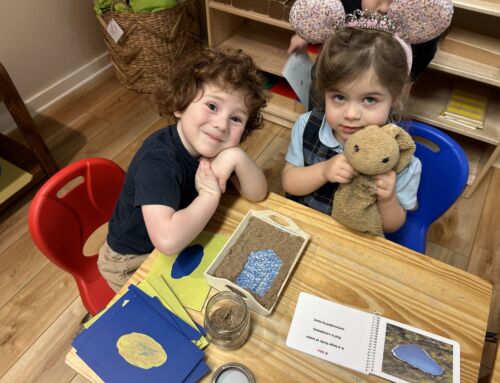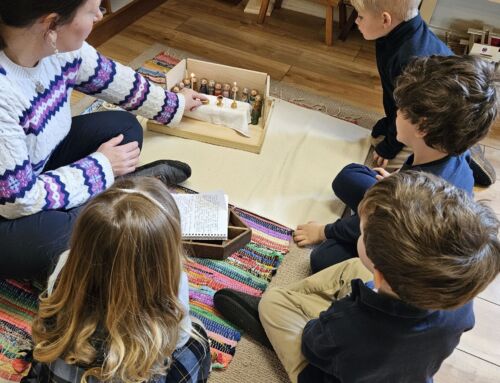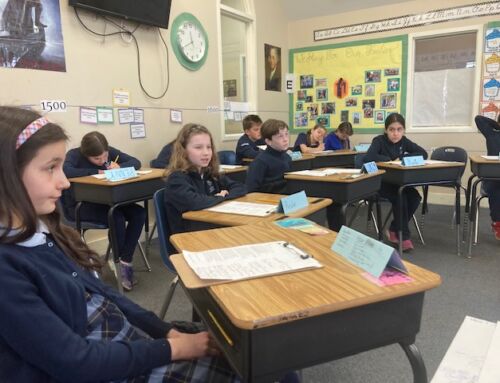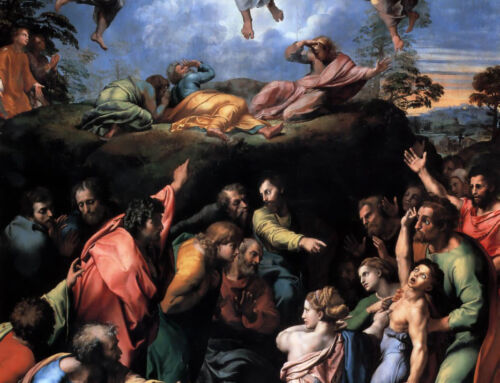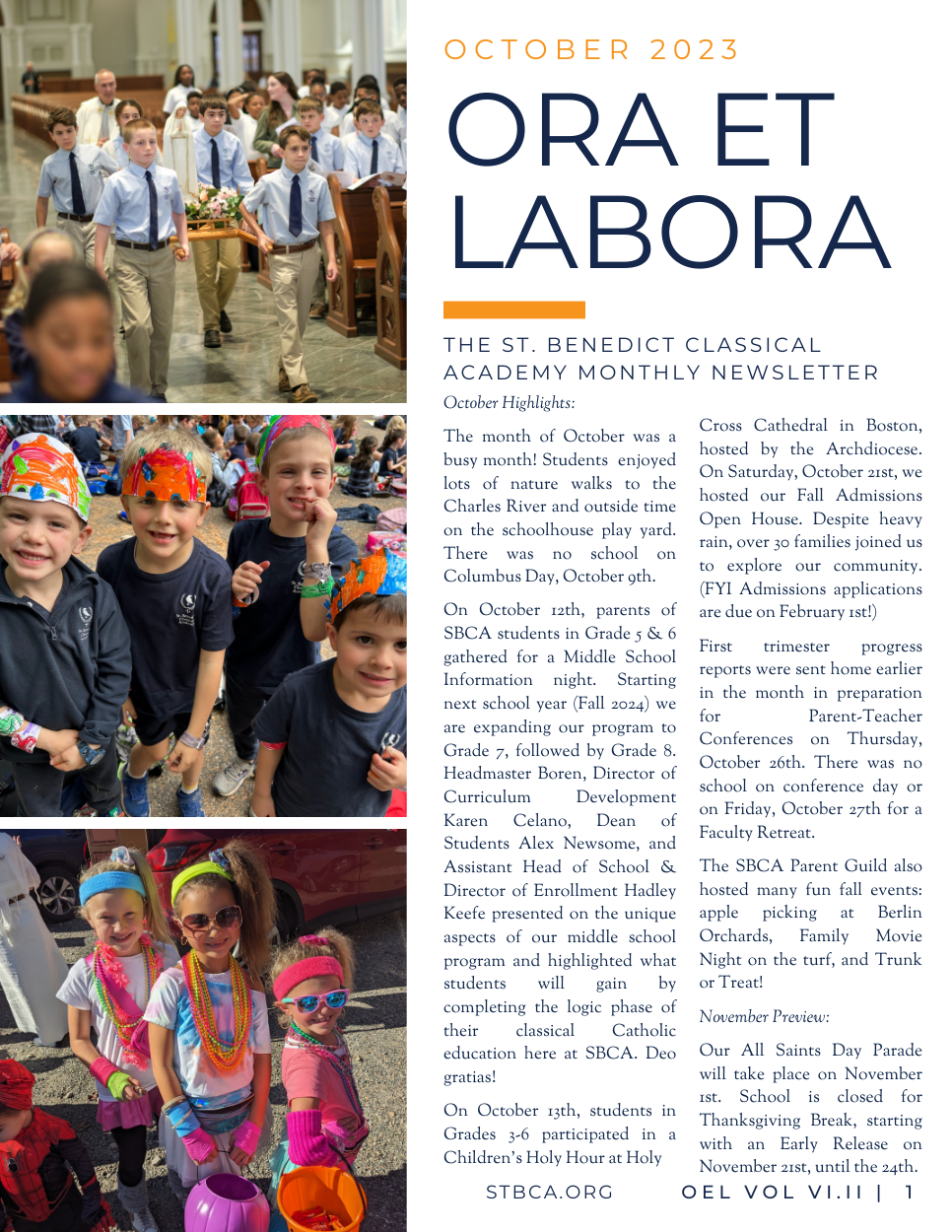On Ash Wednesday, the Church began the great preparation for Easter—the holiest liturgical season of the year. As a child, I fondly remember receiving the ashes on my young forehead, my parents asking me what treasured thing I would choose to give up for the following six weeks. (I usually chose candy—we did not have it that often, so that was easy!) During this time of fasting, I remember sitting together on the couch while my dad read the Chronicles of Narnia to my brothers and sisters and I, in place of watching our favorite show or movie. We went to the Stations of the Cross on Friday evenings and began praying a family Rosary on Sunday afternoons. In fact, some of these practices did not end with Lent and continued throughout the year. My family continued our Sunday Rosary and eventually made it a daily practice. Our Friday abstinence from meat extended to all the Fridays of the year to remember our Lord’s great sacrifice for us on Calvary. Although I enjoyed this time together as a family and learned that I could do without something I enjoyed for six weeks, the deeper meaning of what was behind such sacrifices and time in prayer escaped my eight-year-old self – until adulthood.
Lent is a special time to teach children to prepare for Easter by imitating Jesus Christ and to love as He did. Yesterday’s Gospel described Christ’s forty days in the desert in which He chose to love God His Father more than food, fame, or fortune. Thus, our little sacrifices during Lent remind us that, by the grace of God, we are masters of our choices in the free will God gave us. Through this discipline, we express gratitude for our many blessings and grow closer in relationship to Jesus Christ through our habitual acts of charity, that is through prayer, almsgiving, and fasting. Lent can sometimes be misconstrued as a test of one’s endurance for suffering or dispossession. Rather, Lent should be understood as a time to refocus our lives with Christ at the center of all that we do.
Teaching third grade has been a unique opportunity to show my students how Lent is not a season of loss, but rather is a time of growth and gratitude for all that we have been given— our life, our family, and our free will to love God and our neighbor. Before the February break, I gave each of my students a Lenten booklet to be constructed explaining what the season of Lent is and why it is important. They learned Lent is forty days long to symbolize Jesus’ own time of prayer and fasting in the desert refusing to succumb to temptation. The booklet contained three sections reviewing the three different types of sacrifice: prayer, almsgiving, and fasting. I explained to my students that giving one of these to God should not be viewed in the light of a loss, but seen as an opportunity for love. At Christmas, we exchange gifts to family and friends as sign of love for them, and we do the same thing during Lent, but for God. I encouraged my students to come up with small offerings or tasks they could do for each section of the booklet.
Through prayer we remember that God is the source of all our blessings and we deepen our relationship with Him. I told my students simply starting your day by saying good morning to Jesus and thanking Him for the greatest gift of all, life, is a simple yet perfect way to recenter one’s life around God. For almsgiving, students shared things that they are grateful for that God gave them—food, toys, and family. Lent is a reminder that there are so many people who have less than we do and need our help. Students thought of ways to use their gifts to help others by donating food to those in need, giving part of an allowance to the poor, or even helping a family member with their chores. These offerings help to strengthen the bond we have with our neighbor and acknowledge that all our possessions are ultimately gifts from God that we are stewards of to use for His greater glory. Lastly, for fasting, I asked students to reflect on something that they could offer up to God. Limiting television or substituting time on electronics for time with family were some ideas my third graders suggested.
After completing this exercise my students seemed much more enthusiastic about the Lenten season. They realized it is an opportunity to show love for God and neighbor instead of only a time of doing without or missing something. I hope the ideas my third graders shared encourage everyone to see Lent in a new light this season. May your Lenten preparation be fruitful and blessed and may you all grow closer in relationship with our Lord and Savior!
AUTHOR: Katharine Simia, Third Grade Teacher
[learn_press_profile]
